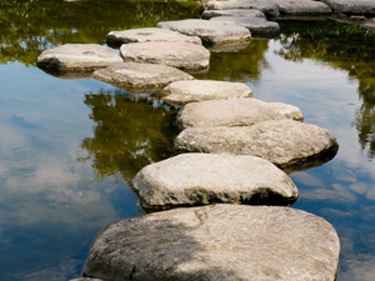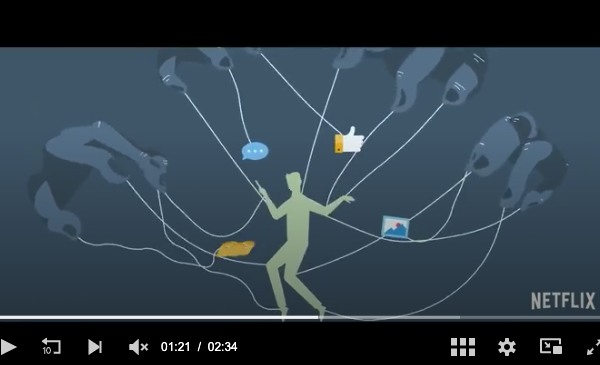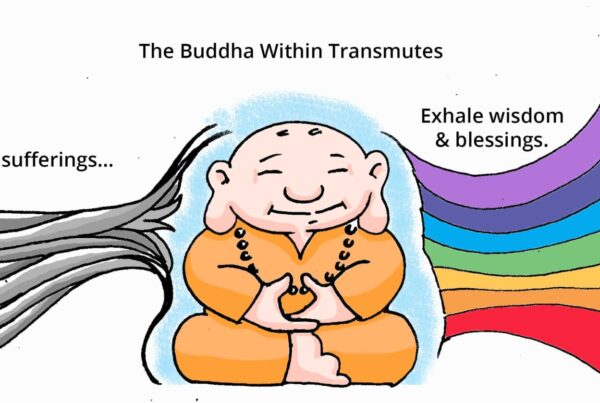Amidst the stresses of daily life it’s all too easy to get caught on the hamster wheel of activities and forget to get off. We can get hijacked by stress and loose the capacity to think clearly. Here I share what I think of as 101 Being Human; basic skills in mindfulness or self-awareness that we all can forget, or perhaps are learning them for the first time.
I think of these mindfulness tools as is the basis of self-care.  Self-care is not necessarily an expensive and/or time-intensive activity. Self-care is being interested and attentive to how you actually are, to what you might need, and responding to that.
Self-care is not necessarily an expensive and/or time-intensive activity. Self-care is being interested and attentive to how you actually are, to what you might need, and responding to that.
If you are parenting a young child, or are a caregiver, these things are even more essential.
Mindfulness tools and tips
Preemptive self-care:
- Pause. Make pauses throughout your day even as you juggle or rush. Even now, just stop whatever you’re doing and pause. Perhaps it feels good to take a breath, or to relax your shoulders. Jump off the hamster wheel for a moment.
- Check-in. Take time to check in with yourself. It can just be a few moments. Stressors can pile up in no time and if we don’t check-in and take care of ourselves we can end up unknowingly with a headache or in a bad mood. That’s the time we end up acting in ways we regret later. So here are some steps to help you sort out how you are.
- Body: Ask how is my body doing right now? Areas of tightness? Areas of ease? Just notice what you’re drawn to and let it be.
- Breath: Ask how is my breath right now? Shallow? Full? Jaggedy? Smooth? Again notice the quality of breath. Often just noticing it invites a fuller breath naturally. It’s easier to relax when we breath more fully.
- Mind: Ask What am I thinking about right now? What mode is my mind in?Planning? Dreamy? Worrying?
- Feelings: Ask into the body how am I feeling right now? You may not know at first, that’s okay. Just stay with yourself, paying attention. If a “something” emerges hang out with it. Be patient, feelings often have layers, so stay with it a while.
- Overall, how am I? Once you’ve checked into this various areas you’ll be in a better place to answer the question. Then you can take action.
It can be hard to remember to check in with yourself so you could make sticky notes and put them in strategic places.
For a more in depth version of the checking in process see Focusing Steps. See The story of the upside down bird for an example of a session using Focusing.
When you get overwhelmed or are starting to behave unhelpfully:
- Orient yourself to your body and surroundings. When we get overwhelmed our emotional brain (limbic system) has taken over. (More about the emotional brain in this article.)
- To get the clear thinking part of the brain back online one of the fastest ways is to feel your feet, or whatever is touching the ground or seat. Notice your weight pushing down. Feel the sensations of the contact with the seat/floor. Put your attention there and take deeper belly-breaths.
- Look around – notice what’s around you. What do you see? What do you hear? Check out the 54321 exercise.
- If you can’t calm yourself then and there, stop whatever you are doing and leave the situation to take the time you need. Try to tell whoever is there that you need time to cool off and you’ll be back. Then come back and repair.
Be kind to yourself in all this. It takes practice to change habits. It’s hard to be human sometimes! We all struggle at times.
Read my Chicken dance wisdom article where I describe my own flounderings with my reactivity in parenting, and try to apply a pause and some playfulness. Believe me it’s an ongoing process!
We can learn by practicing, by talking things out, by seeking help. You can also check out my article 5 unusual ways to reduce stress.


